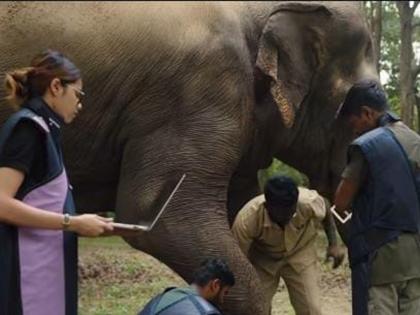Vantara’s Expanding Role in Wildlife Care and Rehabilitation
By Impact Desk | Updated: August 4, 2025 11:43 IST2025-08-04T11:42:46+5:302025-08-04T11:43:38+5:30
The story of Mahadevi, an elephant rescued from a religious institution in Kolhapur, has quietly become one of the ...

Vantara’s Expanding Role in Wildlife Care and Rehabilitation
The story of Mahadevi, an elephant rescued from a religious institution in Kolhapur, has quietly become one of the most emotionally charged moments in India’s ongoing dialogue on animal welfare. After years of captivity, she was moved to Gujarat’s Vantara Wildlife Centre earlier this year, following a decision by a high-powered committee, upheld by the Bombay High Court and later by the Supreme Court. Her condition had raised concerns among animal rights groups, prompting the move.
At Vantara, Mahadevi began her recovery, freed from chains, treated for injuries, and given species-appropriate care in a peaceful environment. However, emotional appeals from local groups in Kolhapur have triggered efforts to return her to the religious institution, raising concerns that she could once again face confinement, neglect, or ceremonial use
In the past year, the facility in Jamnagar has quietly taken in elephants from a range of difficult backgrounds. Earlier this year, 20 elephants from the logging industry in Arunachal Pradesh were relocated there, adults, a calf, and a sub-adult, transported over thousands of kilometres in ambulances built for their comfort and care. Similar interventions have taken place during festivals and forest emergencies, in partnership with local forest departments, always aiming for one thing: to provide animals a chance at something better
Vantara is now extending its animal welfare mission through strategic collaborations with state authorities. A recent MoU with Delhi Zoo marks a key step in this direction, focusing on upgrading zoo infrastructure and sharing expertise to create more humane, enriched environments for animals across the country.